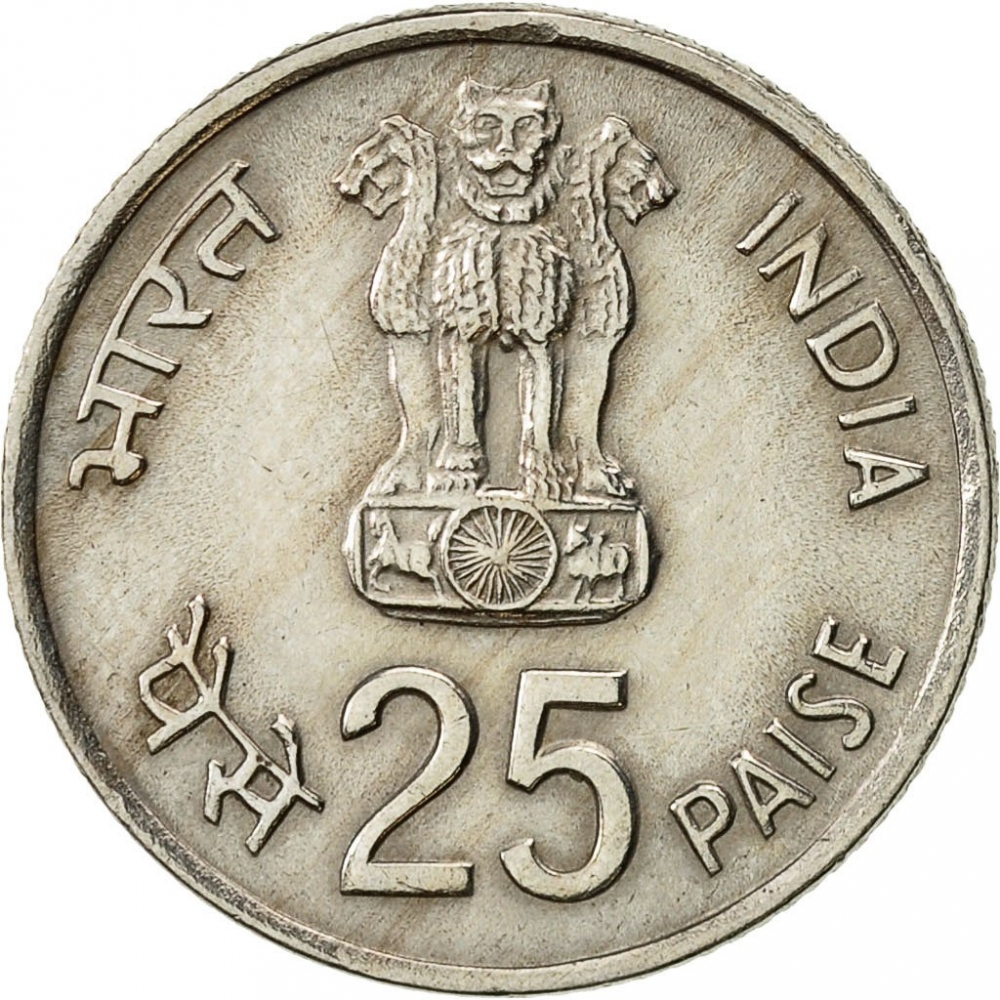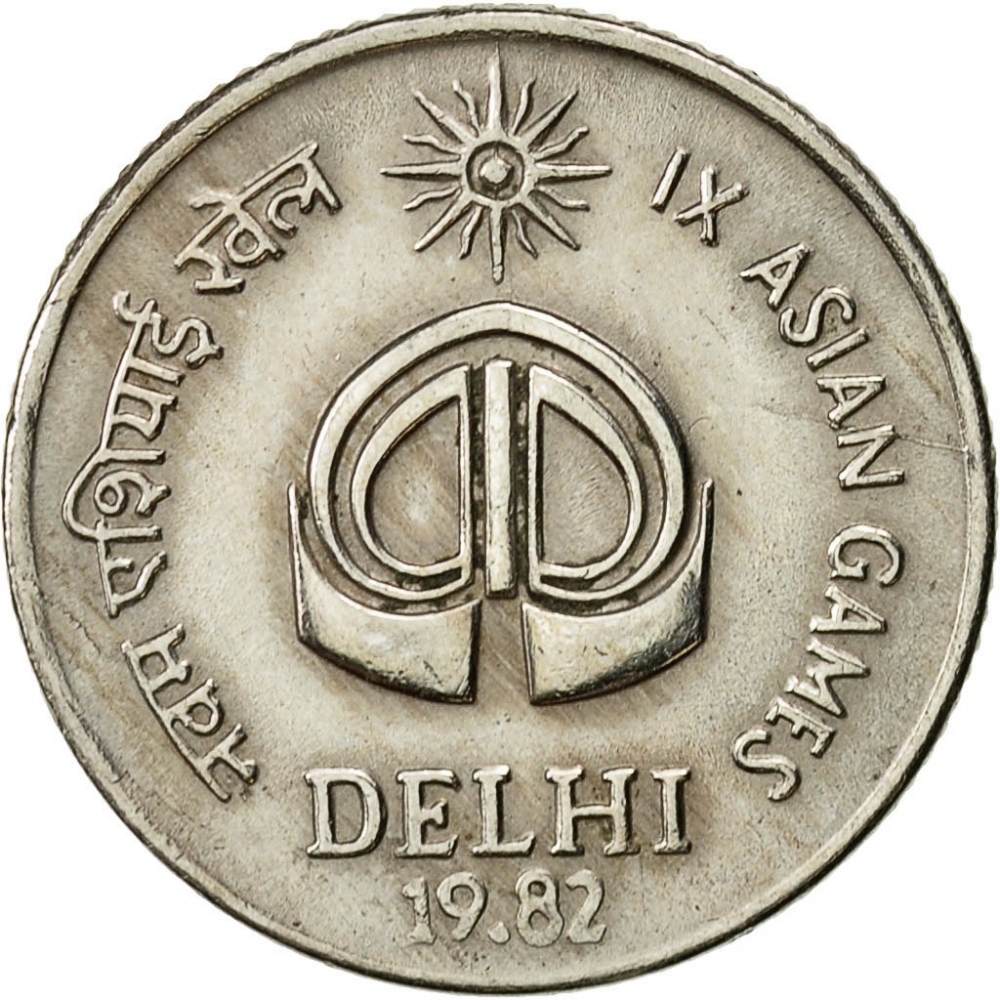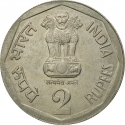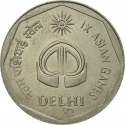You are about to finish your registration. Please check your mailbox (including spam folder). There should be a letter with a confirmation link. Check setting to make sure that your e-mail address is correct.
Send letter againDescription
The Asian Games, also known as Asiad, is a Pancontinental multi-sport event held every four years among athletes from all over Asia. The Games are recognized by the International Olympic Committee (IOC) and are described as the second largest multi-sport event after the Olympic Games. In its history, nine nations have hosted the Asian Games. Forty-six nations have participated in the Games, including Israel, which was excluded from the Games after their last participation in 1974.
The 9th Asian Games were held from November 19, 1982, to December 4, 1982, in Delhi, India. An incredible 74 Asian and Asian Games records were broken. This was also the first Asiad to be held under the aegis of the Olympic Council of Asia.
A total of 3,411 athletes from 33 National Olympic Committees (NOCs) participated in these games, competing in 196 events in 21 sports and 23 disciplines. The number of participating countries was the greatest in Asian Games history. Handball, equestrian, rowing and golf were included for the first time; fencing and bowling were excluded.
Obverse

|
Depicts the State Emblem of India surrounded by the country name above and denomination below. भारत INDIA |
|---|---|
Reverse

|
The Misra Yantra as a logo for the 1982 Asian Games in Delhi. Mintmark (if any) divides the date. नवम एशियाई खेल IX ASIAN GAMES |
| Edge |
Characteristics
| Type | Commemorative Issue (Circulating) |
| Material | Cupronickel |
| Weight | 2.6 g |
| Diameter | 19.2 mm |
| Thickness | 1.24 mm |
| Shape |
|
| Alignment | Medal |
| Mints |
Calcutta Mint (no mintmark) Hyderabad Mint (★) Mumbai Mint (B) Mumbai Mint (♦)
|



